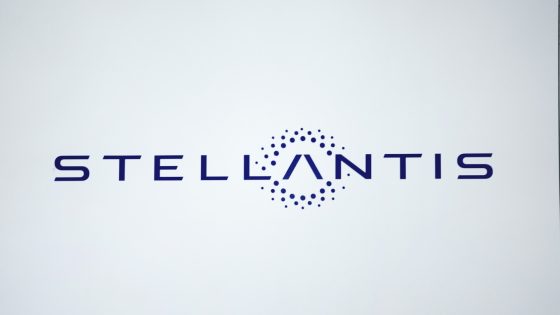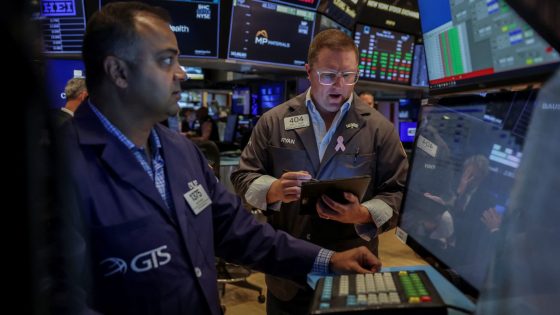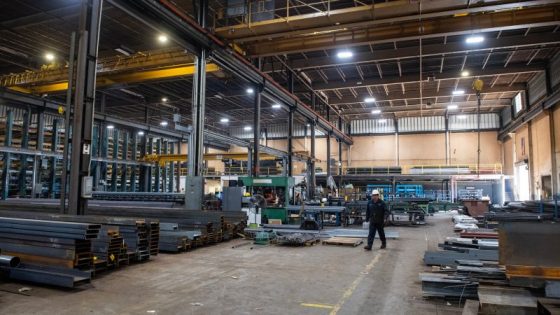Stellantis, the multinational automotive giant, is grappling with significant financial challenges as U.S. tariffs are projected to cost the company 1.5 billion euros ($1.7 billion) this year. This marks a stark increase compared to the 300 million euros ($346 million) lost in the first half of 2025-07-29 12:06:00, highlighting the ongoing impact of trade policies on global businesses.
- Stellantis forecasts €1.5 billion U.S. tariffs cost.
- Net profits dropped from €5.6 billion last year.
- Cash burned for hydrogen project cancellation.
- U.S. shipments decreased nearly 25%.
- Expected revenue increase in next six months.
- New CEO aims to restore profitable growth.
The maker of popular brands like Jeep and Peugeot reported a dramatic drop in net profits, plummeting from 5.6 billion euros ($6.5 billion) last year to substantial losses this year. The company faced a cash burn of 3.3 billion euros ($3.8 billion) due to various factors, including the cancellation of a hydrogen fuel cell project and adjustments to U.S. carbon emission regulations.
This situation raises critical questions about the future of Stellantis in the global automotive market. How will the company navigate these turbulent waters? With incoming CEO Antonio Filosa emphasizing the need for tough decisions, the focus is on restoring profitable growth. Key points to consider include:
- Increased tariffs may influence vehicle pricing globally.
- Reduced U.S. shipments could affect supply chains across regions.
- Stellantis’s strategic shifts may set a precedent for other automakers.
- Investor confidence hinges on the effectiveness of the new leadership.
As Stellantis aims to recover, the global automotive industry must stay alert to these developments. Will other manufacturers follow suit, or will they find alternative strategies to mitigate similar risks?

































